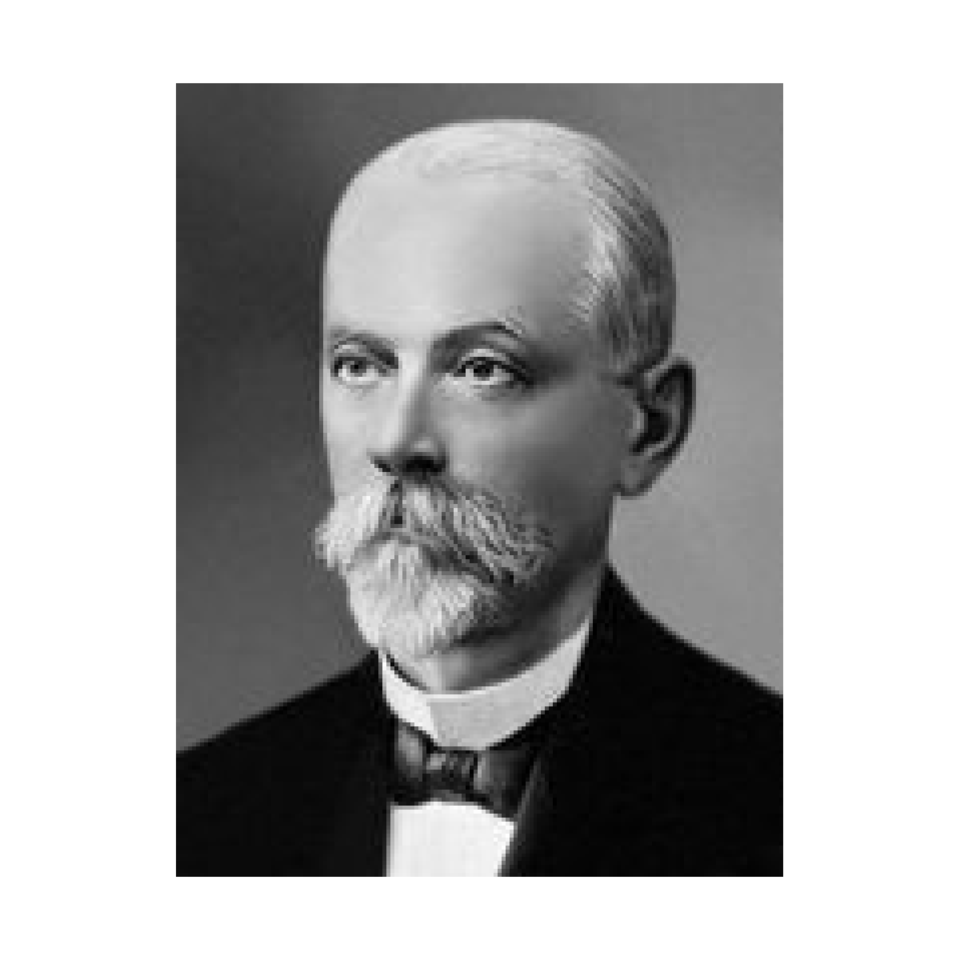It is 1890. Igor sticks his head into a Lab at the Academy of Sciences in St. Petersburg, Russia and shout, “Dimitri!”
“What?” Comes the equally loud reply.
“The Tsar commands you to get your ass to Crimea and figure out what’s killing his precious tobacco plants.”
“I’m busy!” Replies Dimitri.
“You leave tomorrow!” Shouts Igor and slams the Lab door shut.
Thus began the Journey of the Discovery of Viruses. (Ivanovsky conducted his research for the Russian Department of Agriculture in Moldova, Ukraine and Crimea.)
Louis Pasteur – 1822 –1895 (We can’t have Dimitri without Louis)
Louis was a French Chemist and Microbiologist, famous for developing ‘pasteurization’, the process of heating to kill bacteria and then cooling. We usually associated it with milk.
Pasteur did many marvellous things and advanced “Germ Theory” – the idea that microbes can make you sick – and developed a vaccine for Rabies (a virus). Until ‘Germ Theory’ science and medicine believed in the Spontaneous Generation of Organisms.
Chamberland-Pasteur Filter
Charles Chamberland worked with Pasteur and developed the Chamberland-Pasteur Filter. It was essentially an unglazed porcelain ‘vessel’ or tube (candle) used to filter water or liquids. Nineteenth century water was full of bacteria and undrinkable. Filtered water could be consumed. It was a huge success. Queen Victoria got one.
Dimitri Ivanovsky Arrives in Crimea
He began working on solving the Tsar’s problem of why ‘sick tobacco plants’ developed odd, mosaic colouring. Using the Chamberland-Pasteur Filter, Dmitri ran a batch of crushed, sick plant ‘sap’ through his Filter. He believed it would filter out what was causing the disease and he could study the ‘sludge’ under a microscope.
Nothing! So he used what came through the filter, applied it to healthy tobacco plants and they got ‘sick’. “Oh, Oh!” He thought.
Although he probably didn’t shout BINGO, he did realize that there was “… a disease agent smaller than any known before…”. (Lustig and Levine). What he found was something submicroscopic was causing the Tobacco Mosaic disease.
Dimitri didn’t realize how successful he was. As Lustig and Levine write, “… his results were directly contrary to all accepted scientific knowledge” of the day.
The most significant point Ivanovsky makes is, “… this pathogenic agent could replicate only in living organisms.” Today science knows, a virus needs to ‘invade’ a living cell to replicate.
The idea of a small, infectious agent had come up before. Science tried to fit it to theories of the day, as did Dimitri. Once Dimitri, Adolph Meyer and Martinus Beijerinck focused on Tobacco Mosaic the concept of a ‘submicroscopic’ disease came into focus.
Martinus Beijerinck wrote “contagium vivum fluidum” and laid the foundation for calling the microscopic ‘Dudes’, Viruses.
Summary
When Igor got together with Dimitri in 1910 over several glasses of Vodka, Igor said, “Pretty damn good work Dimitri. Glad I forced you to go.”
“You are a loud mouth Igor – but you were right. The problem is Science. They’ve been arguing for ten years and will argue for another twenty before it is settled.” Said Dimitri. (It did)
Reference: Lustig, Alice and Levine, Arnold J., (Princeton University) Journal of Virology, Aug. 1992, pages 4629-4631, “One Hundred Years of Virology”




